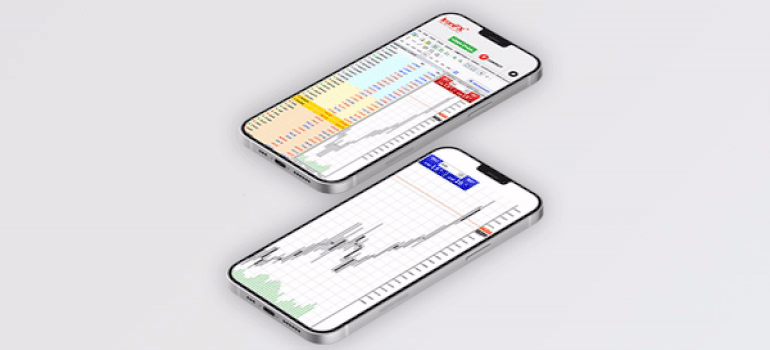You’ve probably heard of the old expression in business ‘if you fail to plan, you plan to fail’. The same thing applies in trading. If you already have a written trading plan, you are most probably in the minority as it takes time, effort, and research to develop an approach that works in financial markets.
Having a trading plan is essential in achieving trading success as it will guide your decision-making and ensure you stay on track during your trading journey.
What is a trading plan?
A trading plan is a comprehensive decision-making tool that guides you in deciding what, when and how much to trade. A trading plan should be your own personal plan as someone else’s attitude towards risk and available capital could be hugely different to yours.
Your trading plan should always take into consideration the following factors:
- Your motivation for trading
- How much time you can commit to trading
- Your trading goals
- Your risk tolerance
- Your available capital for trading
- Personal risk management rules
- The markets you want to trade
- Your strategies
- Steps for record keeping
Why is a trading plan essential?
With a trading plan in place, you will find it easier to remain focused on your trading objectives and thus be able to make logical trading decisions. A plan tells you exactly what to do, so you can maintain discipline and consistency while keeping your losses in check.
1. Trade easier
By planning in advance, trading is easier as you can trade according to your pre-set parameters. If you have a good plan, you will be in a better position to know when to enter or exit a trade.
2. Make logical decisions
Successful traders have mastered the art of making decisions based on logic rather than emotions. An appropriate trading plan allows for more objective judgments, which means you can take emotions out of the decision-making process.
3. Develop trading discipline
A trading plan will help you to develop self-discipline, which is one of the principles of successful trading. Following a trading plan will deter you from taking more risk than you can handle, and you’ll also learn why certain trades are successful and why others aren’t.
4. Learn from past trading mistakes
A trading plan incorporates a record of your past trading activities. With this information, you can evaluate and improve your performance by learning from past trading mistakes.

How to build a solid trading plan
Important components of a solid trading plan include the following:
Motivation
Considering why you want to trade, as well as what your goals are, is importantwhen building your trading plan.
Mental preparation
An important aspect that is often overlooked is psychology and mental preparedness. You should always assess whether you are emotionally and psychologically ready to trade in the market. While strategy plays an important role in the market, psychology plays an even bigger role.
Set risk level
The amount of risk should range from around 1% to 5% of your portfolio on a trading day. So, if you lose that amount during your trading day, you should get out of the market.
Set goals
Before you enter a trade, set realistic profit targets and risk/reward ratios and the minimum risk/reward you will accept. Set weekly, monthly, and annual profit goals and reassess your goals regularly.
Never risk more than you can afford to lose
One of the principles of successful trading is that you should never risk more than you can afford to lose. Trading is risky, and you could lose all your capital or more, if you are a professional trader. If you don’t have enough capital to start trading, open a demo account and practise trading with virtual money. You can place real-time trades without risking any of your money.

Carry out research
Before the market opens, learn as much as you can about the asset class and market you want to trade. Evaluate the market’s volatility, potential gains or losses, and other relevant factors. If you are not satisfied with the prevailing conditions, then you can consider a different market.
Set entry and exit rules
Professional traders actually lose more trades than they win, but by managing their money and limiting their losses, they are still able to make profits. Therefore, before you enter a trade, you should know when to exit by setting your stop losses and profit targets.
Keep a trading journal
You should keep a trading journal to document all your trades. You can write down details such as targets, the entry and exit points of each trade, the time, support and resistance levels, and more. Also, make a note of why you made the trade as well as the lessons you learned. The more details in your journal, the better.
Analyse performance
After each trading day, note down your performance in your trading journal so you can refer to it later. Remember, there will always be losing trades. The key is to have a trading plan that is successful over the longer term.
Final thoughts
The key to successful trading is preparation, and a trading plan is one of the essential tools of preparing to trade. Traders who are successful consistently treat trading as a business. While there is no guarantee that you will make money, having a trading plan is essential if you want to be consistently successful and survive in the trading game.
DISCLAIMER: This information is not considered as investment advice or an investment recommendation, but is instead a marketing communication.
